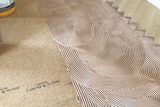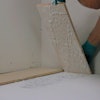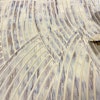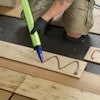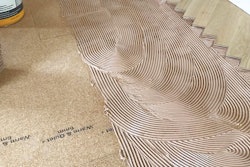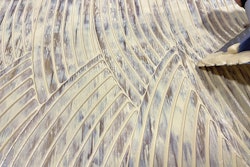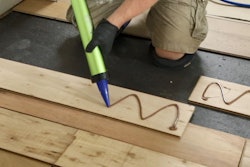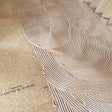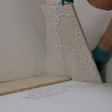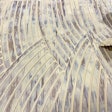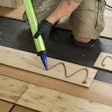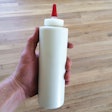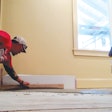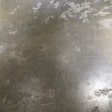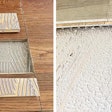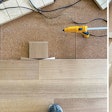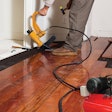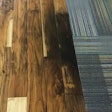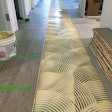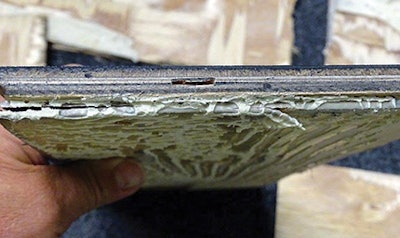
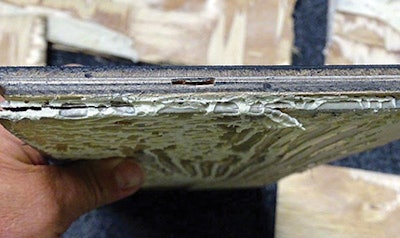
 Planks discovered in the dumpster showed adhesive had pushed up into the tongue and groove on both ends and sides.
Planks discovered in the dumpster showed adhesive had pushed up into the tongue and groove on both ends and sides.
The Issue
A business owner was concerned after an engineered wood floor was installed with gaps between the planks and had a white substance visible in some of the gaps. The floor installer told the owner there was no guarantee the wood floor would have no gaps. This was unacceptable to the owner, who was concerned about debris getting in between the planks. The installer held his ground and said there was nothing wrong with the floor.
Roy: The Inspector's Observations
Because this was a commercial installation, it was important to have minimal delays, so the removal of the wood floor was nearly completed at the time of inspection. There was one small intact area approximately 3 feet wide and 25 feet long, and there was no significant gapping in this small area. However, there were hundreds of pieces of flooring in the dumpster. From those pieces, it was clear the flooring adhesive was pushed up into the tongue and groove area both on board ends and sides, preventing the wood floor from being tightly installed.
The inspection revealed that the installer troweled the adhesive in the same linear direction as the floor, which can cause the adhesive to be pushed up into the tongue and groove area. That appeared to have occurred in this case. I concluded that this condition was installation-related.
Blake: The Attorney's Analysis
At first glance, the last sentence above seems to sum this one up—the issue is "installation-related." If true, then we would look at who was responsible for the installation. Since the customer hired the installer directly, the customer must prove the installer was negligent and/or did not follow industry standards or the manufacturers' installation guidelines. That seems clear in Roy's inspection.
RELATED: Sticky Questions: Q&As on Essential Adhesive Know-How
However, by the time Roy arrived at the property, the floor had been almost completely removed. Roy's conclusions seem sound, but he acknowledges there was no significant gapping in the area still installed. Therefore, the customer might have shot himself in the foot by destroying evidence. The law states that if the customer filing the complaint did not preserve the evidence, then the court may conclude that 1) the claimant destroyed the evidence because it was not favorable and 2) it is not fair to the defendant if the evidence was destroyed.
The installer can argue that since there is missing evidence of his bad work, the customer cannot prove the installer was negligent. If there is photographic evidence of the floor before it was removed, however, then Roy should be able to base an opinion on those photos and possibly amend his report to include new evidence. Faced with that opinion, the installer would likely lose in court.
See more from Reichow and Nelson here:
Who Will Pay for This Bizarre Wood Flooring Problem?
Wood Flooring Shear or Delamination? And Who's at Fault?
Contractor Voids Warranty By Not Changing Out Trowel











